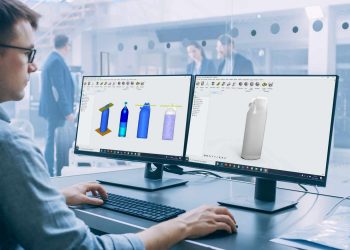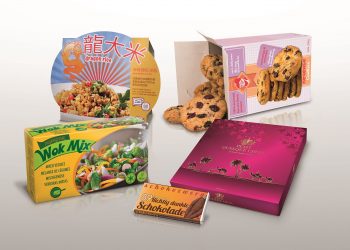The furniture manufacturing & supply industry is not particularly cutting edge in India. In most cases, hospitality & commercial furniture manufacturing uses, the furniture is manufactured in one of the top furniture hubs & handicraft hotspots, like Jodhpur, where there is no dearth of skilled labour, machinery & information exchange of technicalities involving furniture production & supply.
However, one of the key problems facing the sector today are related to supply chain, logistics & packaging.
While there is little that can be done about the logistics aspect, especially when it comes to furniture exports since they are largely dictated by trends in global trade, packaging becomes a key differentiating factor between different companies.
Large packages in general, tend to have a much higher damage rate than smaller packages. Around 21% of large online purchases globally arrive damaged [Source: RetailDive]. This trend & statistic holds true for the furniture sector as well.
“During the nascent stages of our supply chain development, we had around a 17% damage rate, today this number is around 1.5%,” says Ashish Shah, co-founder of Pepperfry. [Source: YourStory]
This reduction was mainly possible due to managing supply chain inefficiencies & working on thorough packaging for the furniture pieces.
If these numbers seem high, bear in mind that this is a well-funded company with solely domestic operations, in reality, MSMEs that export their handicrafts & furniture items are still grappling with packaging & supply chain issues
Damages due to inappropriate & shoddy packaging are also a huge problem to Indian exporters since the return costs for international shipping are quite high. This is one area that the Chinese manufacturers have been able to take care of thanks to their advanced packaging solutions markets
This has become such a severe problem that manufacturers have begun provisioning a separate margin for this with advance intimation to the buyers.
Moreover, buyers also perceive the quality of the actual furniture after seeing the packaging. In fact, in western countries, the trend of providing eco-friendly packaging is also considered a competitive edge. In cases where the packaging has evidently been skimped on, it taints the reputation not only of the manufacturer itself but also of the entire country as the issue is endemic to the nation.
Corrugated Packaging is least reliable out of all the packaging methods for furniture but it continues to be the most preferred simply because it is the most cost-effective among the existing options.
A few suppliers go the extra-mile and use 5 or 7 ply kraft paper in addition to a a few layers of film before packing them onto a carton. While this is certainly a better option than corrugated packaging, this is still not enough to avoid damages and ensure that the product perception remains top notch in the eyes international importers.
The most effective packaging that allows for the lowest damages possible is by way of using wooden pallets wherein a wooden base is used to hold the furniture & a cage is placed around it. However, this packaging is also the most expensive & least preferred among exporters.
Other leading furniture export countries like China & Vietnam already have the packaging solutions in place which, at an aggregate level helps further export initiatives in the country due to a positive perception of the product itself.
Educating the buyer/importer during the initial phases of the sales cycle & factoring the cost in the in the product is essential to maintain long term competitiveness in furniture exports.
Source: Dhritiman Ranawat is the founder & Chief Executive Officer at FurnitureRoots & has over 6 years of experience in furniture manufacturing & distribution
Mr. Dhritiman Ranawat is a certified Chartered Accountant & after an investment banking & Private Equity experience of over 16 years, he has founded & is fully devoted to FurnitureRoots, a hospitality-focused furniture manufacturing & supplying company since the last 6 years.






